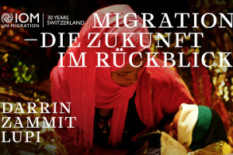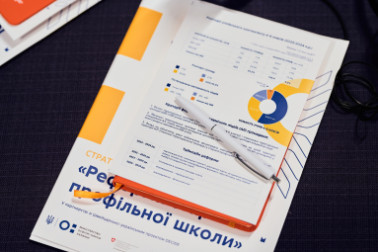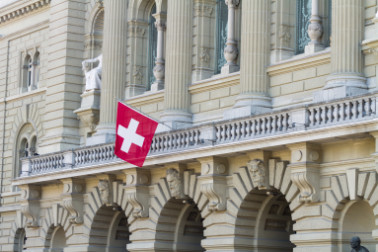These projects, born from the synergistic efforts of Swiss-based Ukrainian network members and partner entities in Ukraine, highlight the power of international collaboration. The exhibition offers an in-depth look at the reconstruction efforts in Ukraine, encompassing its history, current initiatives, and future plans. It also sheds light on the extensive support networks throughout Europe, underlying these endeavors.
The Swiss Network with Ukraine was initiated at ETH Zürich in response to the 2022 Russian invasion of Ukraine. It enjoys the backing of both the Department of Architecture (D-ARCH) and the Department of Civil, Environmental, and Geomatics Engineering (D-BAUG). This network's core mission is to connect the immediate challenges faced by Ukraine due to the war with the long-term vision of reconstruction, rooted in the principles of solidarity, sustainability, and democracy. Prioritizing a decentralized approach to rebuilding, the network effectively combines immediate humanitarian responses with comprehensive, long-term plans for development, impacting both local and global communities.
 Photo: Christian Felber
Photo: Christian Felber
ETH with Ukraine serves as the first major manifestation of these collaborative initiatives, delineating the interdisciplinary and transnational projects that are fuelling ongoing and future reconstruction efforts in Ukraine. Organized around seven thematic clusters mirroring the organizational structure of the Swiss Network with Ukraine, the exhibition encompasses Mapping Ukraine, Refurbishment and Material Supply, IBA Ukraine, Housing and Spatial Planning, Agriculture and Energy, Capacity Building and Education, and the Ukrainian Community and Culture Platform.
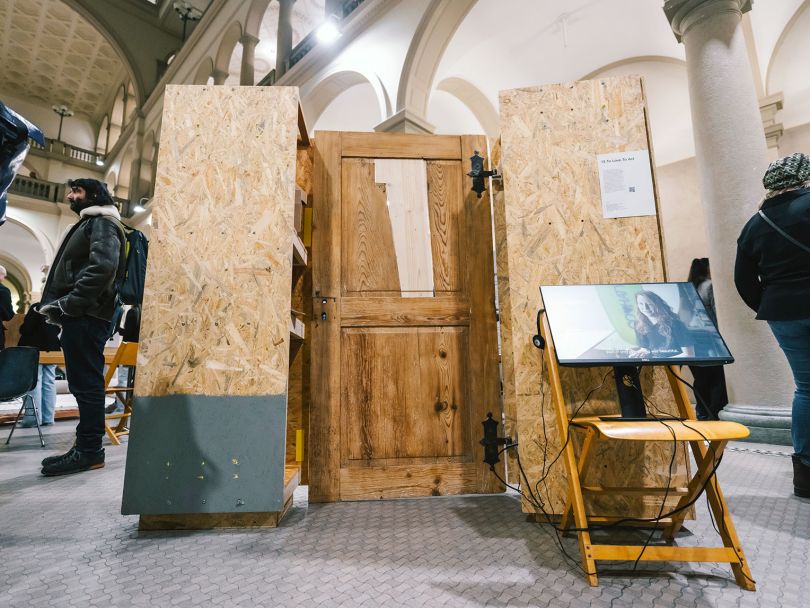 Photo: Christian Felber
Photo: Christian Felber
Each thematic cluster within the exhibition serves as a curated repository for multimedia presentations, integrating text, drawings, models, videos, interactive installations, and building components. These presentations offer comprehensive insight, encompassing documentation and mapping of wartime destruction and the provision of spatial information. They showcase the impactful work of grassroots initiatives operating in Ukraine and present alternative modes of supplying building materials for wartime rebuilding. Additionally, the exhibition sheds light on scientific research, planning, and organizational frameworks shaping postwar recovery and reconstruction visions for Ukraine.
Elena Orap and Estefania Mompean Botias, from the ALICE laboratory at EPFL Lausanne, have collaborated in the creation of a series of maps that illustrate the intricate challenges and global entanglements arising from the full-scale Russian invasion of Ukraine.
.jpg)
The maps depict the fragility and vulnerability of environments under crisis, focusing on the analysis of data related to the well-being of beings, ecological threats, food production, energy infrastructure, and people's mobility. The environmental impact of the war on the country's forests, steppes, and water bodies will be a lasting threat that goes beyond the borders of the country and poses a lasting threat that transcends the confines of the conflict.
“ Highlighting Ukraine’s critical role in global agriculture is a significant aspect of the social and environmental entanglement. Many countries, particularly in the Middle East and Africa, rely heavily on Ukraine’s agricultural products, such as cereals. This interconnected system is affected by the environmental damage caused by the war, impacting not only Ukrainian farmers but also resonating throughout the grain global supply chain. At present, Ukraine has become one of the most heavily mined countries in the world, prompting us to question the long-term consequences of war and the ruined environment it has produced.
.jpg)
By exploring the interconnectedness of devastated habitats, we come to understand the far-reaching repercussions of the events in Ukraine. The visual representation of the full-scale Russian invasion underscores the unexpected consequences that disrupt global systems. This crisis serves as a stark reminder of the inherent limitations in the systems shaping our daily lives, generating vulnerabilities that neoliberal practices struggle to address and paving the way for permanent states of emergency.” - comments Orap.
 Photo: Christian Felber
Photo: Christian Felber
The exhibition transcends its role as a mere showcase; it emerges as a catalyzing force, fostering the identification of synergies, exploring avenues for multiplying positive impacts, and provoking discussions on how academic institutions can complement the work of NGOs, companies, and national and international institutions to respond effectively to the challenges posed by massive destruction. Ultimately, ETH with Ukraine is a testament to the power of collaboration, knowledge exchange, and collective determination in shaping Ukraine’s sustainable and resilient future.
.jpg)
The exhibition is designed to foster a dialogue about the integration of Swiss conceptual and technological insights with practical actions in Ukraine, focusing on the preservation and restoration of communities and infrastructure. This consensus was echoed by ETH Professors Matthias Kohler and Brian Adey, along with Christiaanse and Wieser, during the opening of the exhibition. The diverse backgrounds of the five-member curatorial team highlight this interdisciplinary approach. Basil Roth and Jonathan Banz, along with architect Gyler Mydyti and Adam Przywara of the Swiss Network with Ukraine, are complemented by Ukrainian Anastasiya Ponomaryova, formerly a member of Philip Ursprung’s History and Theory of Architecture group.
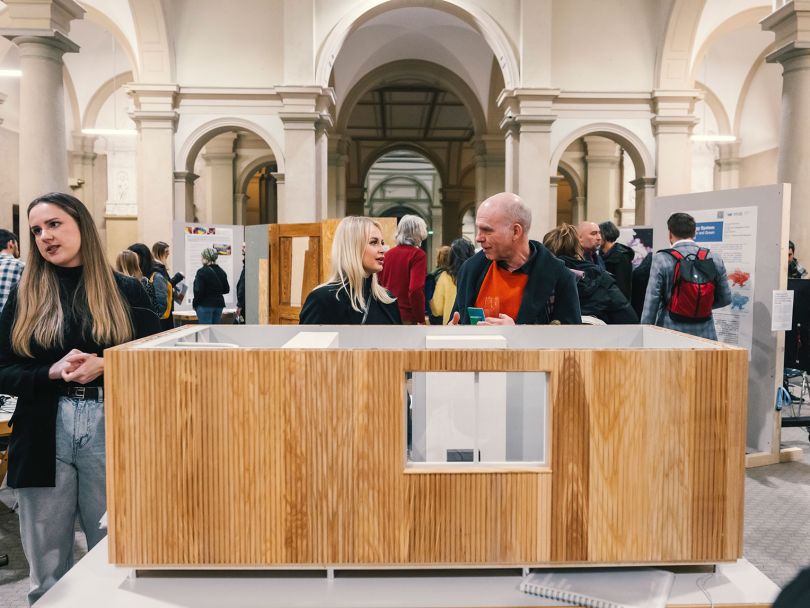
Photo: Christian Felber
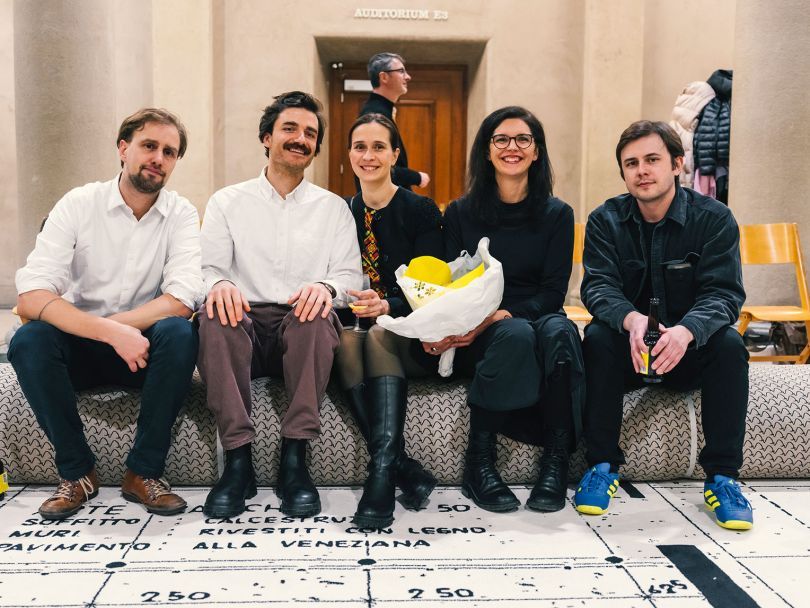 Photo: Christian Felber
Photo: Christian Felber
Contributors: Swiss Network with Ukraine, Agricultural Economics and Policy Group*, Berner Fachhochschule, Center For Security Studies*, Center for Spatial Technologies, City of Zurich, Collegium Helveticum, Institute for Building Materials*, Institute for Cartography and Geoinformation*, Institute for Computational Science (UZH), Institute for Geodesy and Photogrammetry*, Institute for Spatial and Landscape Development*, Institute for the History and Theory of Architecture*, Institute of Construction & Infrastructure Management*, Institute of Science, Technology, and Policy*, Institute of Technology in Architecture*, Kharkiv School of Architecture, Kyiv National Economic University, Laboratory of Urbanism (EPFL), Lviv Department of Architecture and Urban Planning, Lviv Heritage Bureau, Peace Coalition, Planning of Landscape and Urban Systems*, Royal Agricultural University, Sumy National Agrarian University, Vinnytsia Institute of Urban Development, Ukrainian Association of Students and Academics in Zurich (UASAZ)
*ETH Zurich
Photographs: Christian Felber
